It’s been an interesting past 6 months. In May, I took on a full-time contract working in a faith-based organisation. As a self-employed individual, it was a great opportunity for some consistent work and a chance to really focus my skills into a single project for a long period of time. This made me happy.
That said, I also held concern for my own well-being. Less happy.
You see, regardless of knowing my ability to separate differences of opinion and the work I do, I couldn’t help holding in my consciousness that I am a gay man working in a religious environment… Questions were constantly there: the what ifs ruminated. Symbols of faith were plastered on the walls and verbal “bless you” and “I’ll pray for you” messages were shared regularly. Not to mention the presence of people across the organisation who had significant faith-based education and whose role it was to promote the Word of God.
Was this the right place for me?
At some point during the engagement, I became cognisant of the fact that I was living an example of what I wrote about in my published research article. For LGBTIQ+ workers, the attitudes of their employer have significant impacts on their ability to perform. Questions relating to rejection and stigmatisation enter the mind of the worker and ultimately impact their productivity as well as the relationships that form. The mind is distracted by thoughts of how to behave in each individual situation or conversation.
This, however, wasn’t about the people who work there. The people themselves were great. The people themselves were friendly, open, generous, fun and interesting. It was the awareness of the organisation and its position on LGBTIQ+ equality that impacted my ability to fully connect to the work. I had to regularly remind myself that the work that I was doing had direct impact on almost 12,000 people. I had to get it right. But to do that, I had many conversations with close friends about how I was conscious of separating my feelings from my actual work.
From a business perspective, important questions arise.
How much more would actually get done if people didn’t have to invest consciousness into concealment or disclosure of sexuality and gender identity?
What if people could just be themselves in the workplace and not have to monitor and filter their behaviour?
What if people didn’t have to consider their socio-political opinions when approaching a potential client or employer?
And more importantly: What can organisations be doing so that these questions don’t need to be asked?
Organisations are doing it. They are being active in creating change. But there is always more that can be done. The work for gender equality and acceptance of national culture is well underway, as is work to include our Aboriginal brothers and sisters in organisations. All of this is important. And, in the same way as it has been with these initiatives, LGBTIQ+ inclusion starts with a few key steps.
Include LGBTIQ+ people in the conversation. It’s great that you’re working towards making sure all people are welcome and safe at your organisation. The question is, are you actually asking them what they need and what they are experiencing? What we’re talking about here, for example, is actually speaking to a person who is transitioning gender and finding out what facilities and support they need and what should be in a transitioning support policy. This even includes putting sanitary bins in the men’s room! To help you start the conversation, have a look at the points listed in this 2017 blog.
Consider the language usage in all organisational documentation and communications. To most people, this wouldn’t really trigger much, but to an LGBTIQ+ person, gendered language can incite feelings of identity repression. Make your adoption of diversity and inclusion visible on your website. On your application forms, add a third option in the gender section, like “other” or “something else”. Remove gendered titles like Mr., Mrs. and Ms. from your email signatures and add each person’s pronouns instead. Change the term “sexual preference” to “sexuality” or “sexual orientation” in your policies and procedures (let’s not open the “it’s not a preference” conversation).
Create policies and procedures that are inclusive of LGBTIQ+ people. Ensure that your discrimination policy includes the whole of this minority group and not just gay, lesbian, bisexual and trans (LGBT) people. Would an intersex, pansexual, gender-fluid person (yes that’s a real possibility) be able to read your policies and feel like they are included? Have you developed an LGBTIQ+ element in your diversity strategy, such as this one from the Australian Government’s Department of Human Services?
Provide learning, communications and recognition relating to differences. Deliver LGBTIQ+ awareness training specific to your business or industry. Send group emails out and observe LGBTIQ+ days of significance. Reward people for inclusive behaviour, such as swift adoption of appropriate pronouns for gender diverse team members. Put up posters which share the inclusive message of your organisation. Create an online space for people to ask questions openly.
These are just a few ideas. Organisations who adopt strong diversity and inclusion strategies really do experience great benefits. The more diversity you welcome, the more diverse the ideas become, meaning suddenly you could be innovating and creating. Adding the rainbow community into your organisation ultimately could really help you sparkle!
For additional support in diversity and inclusion in the workplace, contact Inward Outward Coaching.




